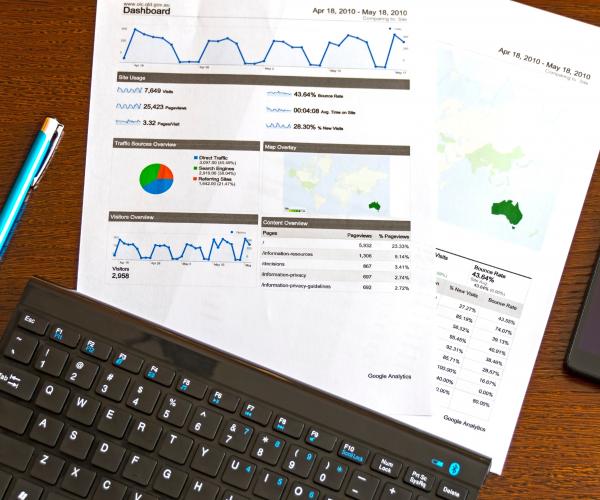How to Use Marketing Automation to Improve Your Business


Ever wonder what life would be like if you could just let your digital marketing campaign run and gather leads and make sales while you're doing other more productive things with your time? You can actually make this a reality through the wonderful world of marketing automation!
Marketing automation is the use of software and technology to automate marketing processes such as customer segmentation, lead generation, lead nurturing, and campaign management. Marketing automation enables marketing teams (like us!) to work more efficiently and to more accurately measure the performance of their campaigns. In this article, we will explore the benefits of marketing automation and how it can be used to improve your marketing efforts.
What is marketing automation?
We've said a lot of business jargon in the introduction so you're probably wondering, what exactly is marketing automation? Let's break it down for you. Marketing automation is almost exactly how it sounds. It's a process whereby marketing tasks are performed automatically. This can include tasks such as email marketing, social media campaigns, and targeted ads. By automating these tasks, businesses can save time and money, and improve their marketing efficacy. It’s always good to have more time on your hands, right? Marketing automation can make that a reality.
There are a number of ways to use marketing automation to improve your business. One way is to use it to segment your customers and target them with more personalized messages. You may be thinking, "So? I can do this on my own," and to that we say, you can automate it to work for you without having to lift a finger once it’s set up! For example, many advertising platforms nowadays have automated messaging systems in place for customers to interact with your business without utilizing an actual team member. Another way is to use marketing automation to automate your lead generation and lead nurturing processes. By doing so, you can free up your sales team to focus on selling, and your marketing team to focus on following up with those leads as well as create more automations.
This might still seem a little confusing, we know. Let's give an example. Say you're a business that just started running digital ads on Facebook. You've gathered a few leads from this campaign but don't have time to reach out and contact them. Luckily, Facebook allows you to automate messages to interested leads, so by taking the time to set that up, you can filter your customer's needs by asking them a series of questions and formatting responses based on their answers. Depending on your business model, you can make the whole marketing-to-purchase process entirely automated with this method! Of course, if you business requires a phone call or a confirmation of some sort to close the deal, then it’s your job to make sure to follow up once the automations have gotten your leads to that point. This in turn leaves you with much more time to focus on other business needs!
Creating a marketing automation plan
If you're like most businesses, you know that marketing automation can improve your bottom line. But what's the best way to go about creating a marketing automation plan? Here are a few tips to get you started:
- Define your goals. What do you want to achieve with marketing automation? Do you want to close more sales? More leads? A higher conversion rate? Once you know what you want to accomplish, you can start planning your strategy to curate what’s best for your business.
- Segment your audience. Not all customers are created equal, so it's important to segment them based on factors like buying behavior, interests, or demographics. That way, you can create targeted campaigns that are more likely to resonate with each segment. For example, once you create audiences on Meta Business (Facebook formerly), you can create ad sets that segment your different audiences as well as create separate ads that only show to those specific audiences.
- Map out your marketing flow. If you're optimizing for leads, what's the funnel process look like? Are you going to be sending out an email newsletter, running digital ads on a digital ad platform, or traditional ads? If you’re running print ads do you have a graphic designer in house, or are you going to hire one? There are many parts of your advertising funnel that you need to think about before putting it into practice.
Marketing automation can save you a lot of time and money while helping you improve your business. By automating your marketing tasks, you can free up your time to focus on other areas of your business. Additionally, marketing automation can help you improve your customer relationships and target your marketing more effectively. Overall, using marketing automation can help you improve your business and save you time and money.
